What does ‘hygge’ mean?
‘Hygge’ (pronounced ‘hoo-gah’) is a Danish and Norwegian word, signifying a state of wellbeing. It is an integral part of life for many Scandinavian communities, helping to promote a sense of balance and home, with a particular focus on the safe spaces and sanctuaries that bring this about.
The term started cropping up in Western lifestyle circles several years ago. With Denmark taking the top spot in the World Happiness Report consistently for decades, many have marvelled at how Danish culture enables this, especially through their long, arduous winters. And when Danish author and founder of the Institute of Happiness, Meik Wiking, released his bestselling book on the principle -- The Little Book of Hygge -- in 2016, the concept started to become more well known.
In the UK that same year, searches for “hygge home” spiked, and Scandinavian design principles became incredibly popular within luxury and domestic interior circles; trends became centred around a combination of minimalism and the cosiness closely associated with a hygge way of life. Danish-inspired interiors emphasised the importance of appealing to every sense and creating a sense of calm.
Though many believed hygge to have seen its day in recent years, data reveals that the trend has peaked again since the first UK lockdown hit back in March 2020. With many people hunkering down in their homes to wait out the period of uncertainty, it would seem that the importance of creating an environment that engendered the hygge ideals of relaxation and inner peace became priorities once again.

Photo: @thehairpinlegco
‘Eco-hygge’
Alongside people’s prioritisation of living spaces that provide comfort and care, the actual pieces filling their homes are receiving deeper consideration, particularly when it comes to the environmental impact of their choices. There have been many factors - the pandemic, climate change, social justice movements - at play to answer for the major surge in public interest for products and techniques that are both cruelty-free and eco-friendly. According to our research, Google searches for ‘ethical homeware’, ‘eco-friendly furniture’ and ‘eco friendly homeware’ have all spiked since the beginning of 2020, as well as searches for ‘ethical home DIY ideas’ - people want to be surrounded by things that give without taking, and it is encouraging to see.
This is where ‘eco-hygge’ comes in, a concept that perfectly marries the Danish principle of inner-reflection and contentment with the ability to positively influence the world around us. If you’re intrigued about what an eco-hygge home looks like, and want to make more sustainable choices yourself, read on for our easy eco-conscious interior hacks for your home.
Ethical ambience
Candlelight is hugely important when it comes to hygge interiors. Danish traditions centre on sitting around warm, communing embers, whether that’s fire or candlelight. Both create not only a sense of warmth and relaxation, but can also bring a sense of community and presence to our lives.
In fact, what many consider to be ‘hygge’ moments are often directly linked to a flame - sitting around an open, outdoor fire and talking with a group of people, turning off all electrical distractions and reading a book by candlelight, sitting alone by your open hearth with a glass of wine… every one of these scenarios allows us to temporarily switch off from daily life and its pressures, easing into the moment around us.
But not all candles are eco-friendly! Paraffin wax (the wax used in most high-street candle brands) is created using petroleum-by-product. This requires the use of palm oil, which is unsustainable and involves the destruction of forests and habitats around the world in its production. Plus, the Environment Protection Agency has detected seven major toxins in paraffin wax, so when burnt and thrown away, these are released, which is harmful to individuals and the environment.
To incorporate candlelight into your home in an eco-friendly, ethical way, try opting for alternative candle waxes, such as beeswax or coconut wax. Soy wax is also a more popular alternative to paraffin wax, and is more readily available and accessible, however there are still several concerns over how environmentally-friendly soy farming is.

Use recycled materials
If you are looking to redecorate your home, using recycled materials is not only an eco-friendly but also a cost-effective option. One of our favourite items to use around the home are old wine bottles or jam jars - they make great vases and candle holders. You could spray them with glass paint, like a matte-finish gold paint, to give the glass a vintage-feel and then fill with flowers and place around your home. If you aren’t keen on candles but still want some ambience, we’d also suggest filling a jar with a chain of fairy lights to create a cosy light feature.
Another inexpensive recycling hack includes chopping up wood branches/old wide table legs and using them as coasters (and make sure these are sanded down using sandpaper to avoid splinters). You don’t need to add a varnish if you prefer the more rustic feel, but this will preserve them and help avoid lasting stains and scratches.
And don’t forget, if you do end up bringing plastic into your home, try and find a second life for it. Used plastic bottles make excellent plant pots in gardens, conservatories or on balconies. Cut a large whole on one side of the bottle, lengthways, fill it with soil and seeds/small ready-grown plants, then hang or position to create a vertical garden. This is an ideal option for people decorating on a budget.

Photo: @DiegoBotero - Unsplash
Up-cycle furniture
Obviously we’re champions of DIY furniture, not only because it’s more unique, but it recycles materials that would otherwise go to waste. Old table tops, doors, desks can easily be revived with our hairpin legs, which in themselves draw upon Danish, minimalistic design influences; a prime example of eco-hygge.
Remember, hygge is all about finding something that works for you, which is why there is no one way to ‘be hygge’. Upcycling really allows you to hone into this, working around your tastes to create something that makes you personally feel comfortable, happy and home.

Photo: @thehairpinlegco by @loftenwoodworks
Keep it minimal
Scandinavian design has its roots in the minimalist design movement, which centres on clear, uncluttered spaces. Minimalism is also an anti-wasteful design movement; it teaches that all items should have a function and purpose in an interior space. While you don’t need to necessarily go completely minimalist (hygge is about comfort, after all) keeping things simple will save on cash and with less stuff, your home is more likely to have less of an environmental impact.
When it comes to implementing this, you could work through your current interior and look at all the items you currently have in it, be that furniture, ornaments or functional items. Then, with each item in your hand, ask yourself two key questions:
- “What is this item’s purpose?”
- “Does this item bring me happiness?”
If you’re unable to find a real, genuine function in an item in your home, and it doesn’t (to quote the famous minimalist designer Marie Condo) “spark joy” then Minimalism teaches you to get rid of it. And when clearing out your home, be sure to recycle, upcycle or donate any items you decide to get rid of, rather than throwing them away.
Photo: @thehairpinlegco by @millhouserenovation
Consciously cosy
Hygge is all about comfort, and hygge design should support this. Think about including different textures in your textiles, like soft throws, cushions and rugs that you can cuddle up with in the evening, all eco-friendly of course.
When selecting the materials you want to include in your home, try to opt for organic cotton over non-organic cotton. While cotton is natural and biodegradable, it is one of the most environmentally demanding crops to farm. Alternatively, other Earth-friendly fabrics include bamboo, natural hemp, lempur, organic linen and recycled polyester. These are all more sustainable than textiles like polyester, which is made using plastic fibres.
Breathe clearer
Danish traditions teach that being at one with nature and the world around us can help us to reconnect with ourselves and practice being in the moment. With many living without gardens or easily accessible outdoor spaces, houseplants are an affordable alternative to nature connection in today’s world.
And they come with a whole heap of hidden benefits too - the time spent watering, pruning and tending to your plants can become incredibly mindful, not to mention they balance Co2 levels in the home, making the air in your home cleaner and more breathable.
In general, look out for succulents when trying to find the best air purifying plants. These tend to be the best oxygen producers and need minimal maintenance. Some good examples of air purifying houseplants are Aloe Vera plants, Pothos plants, Ficus plants (commonly known as ‘weeping figs’), Areca palm trees, Bamboo plants, Spider plants and Snake plants.
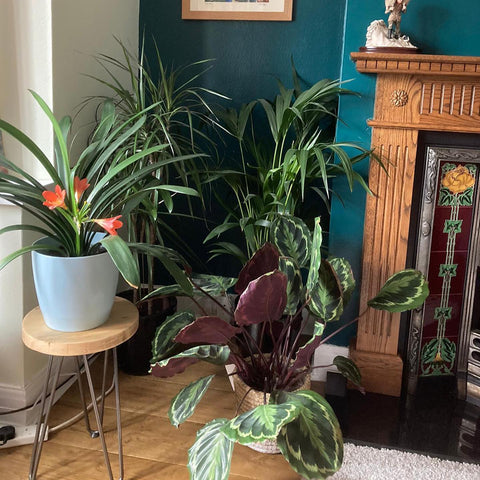
Photo: @thehairpinlegco by @pren_woodcraft
Go VOC-free
Hygge design doesn’t have any set colour palettes or schemes, as it’s more about creating a space that makes you personally feel happy, calm and comfortable. Generally speaking though, you should opt for colours that will put you at ease, like cool blue and green tones, or neutral palettes.
But beware - many brands of paints use toxins that contain Volatile Organic Compounds (VOCs). These chemicals can leach out of the paint and into the air, causing health issues and disrupting air quality. When choosing your paint, be sure to opt for eco-friendly paint brands that are VOC free. These will often be marked with a ‘zero-VOC’ symbol or small-print on the back of the can or, if purchasing online, this should be clearly stated in the product description.
You could even reuse your old paint cans to store tools, brushes or other household items, or upcycle them to plant pots and flower vases with a lick of paint. There are endless ways to reuse once you start looking!


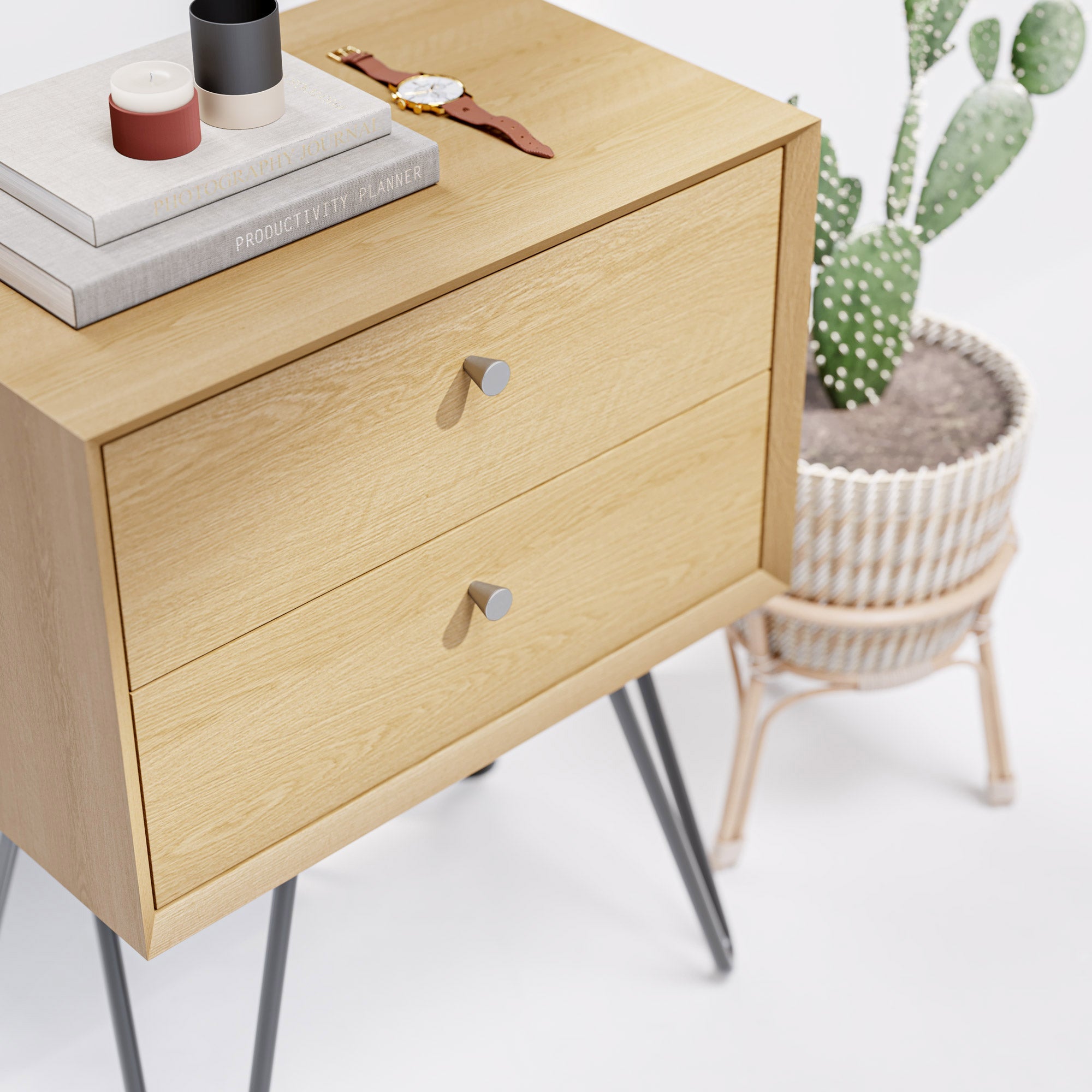
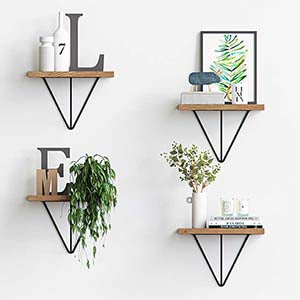
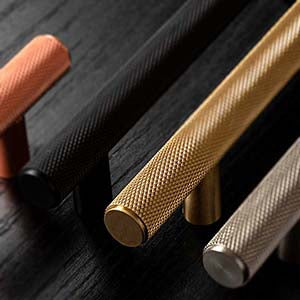
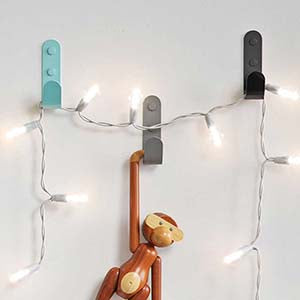
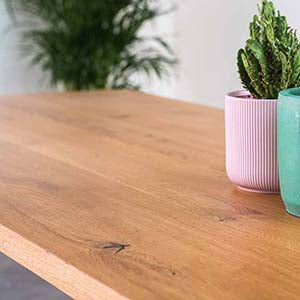
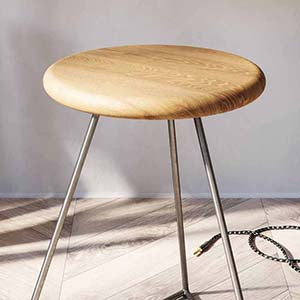
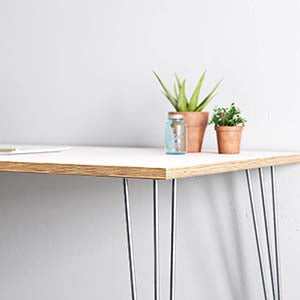


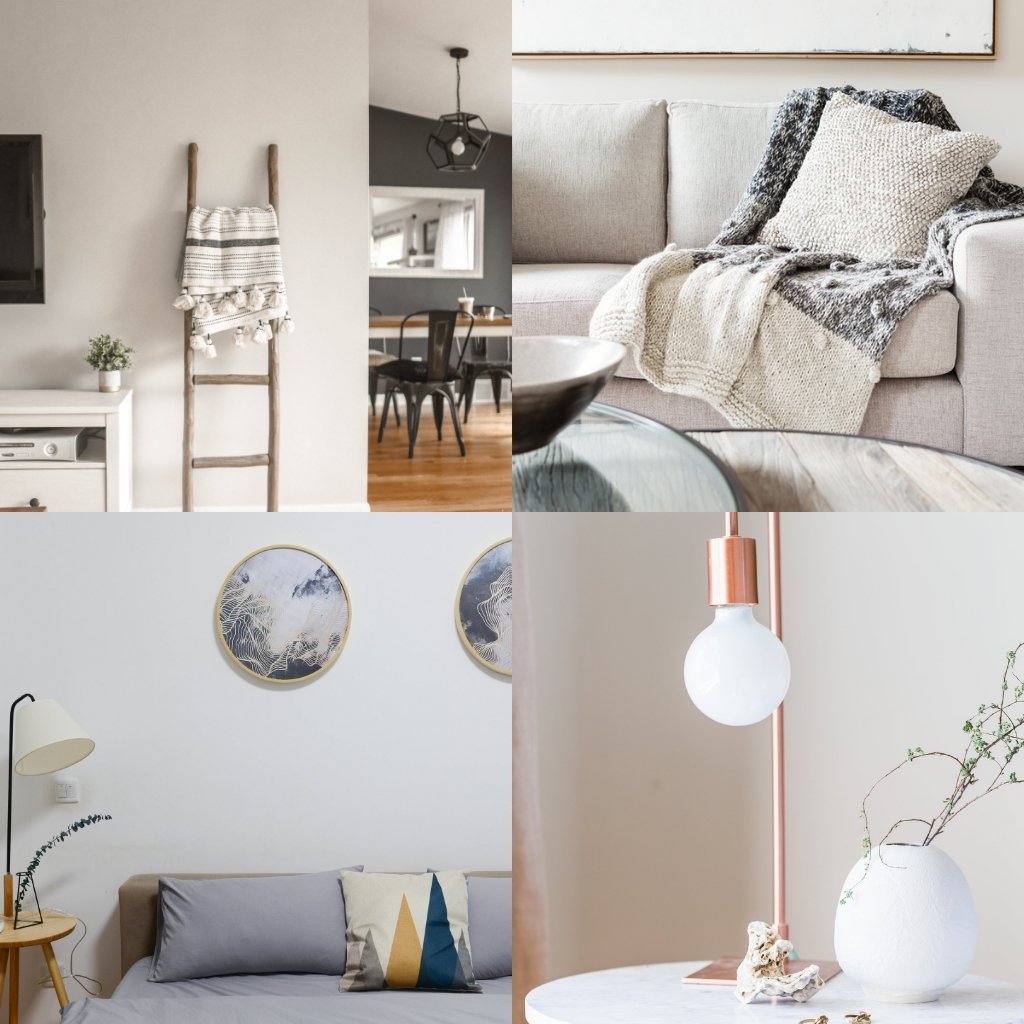
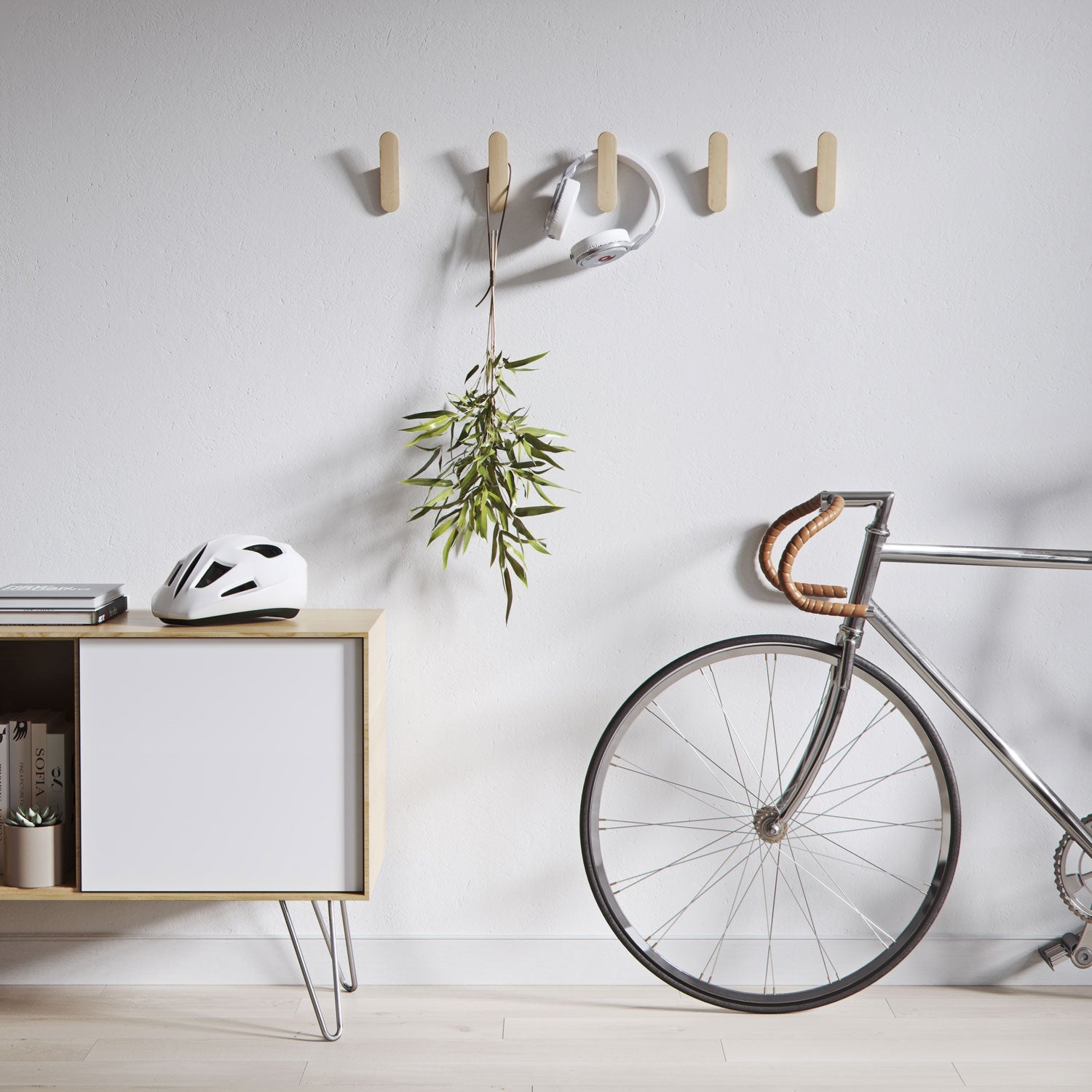
Leave a comment
This site is protected by hCaptcha and the hCaptcha Privacy Policy and Terms of Service apply.